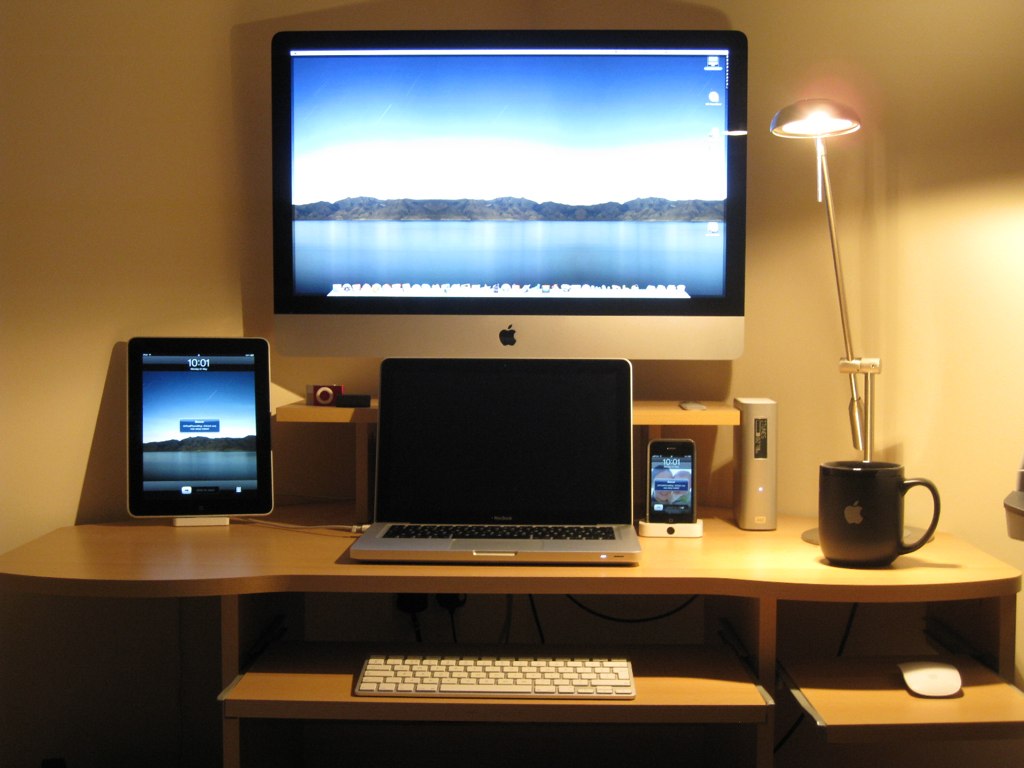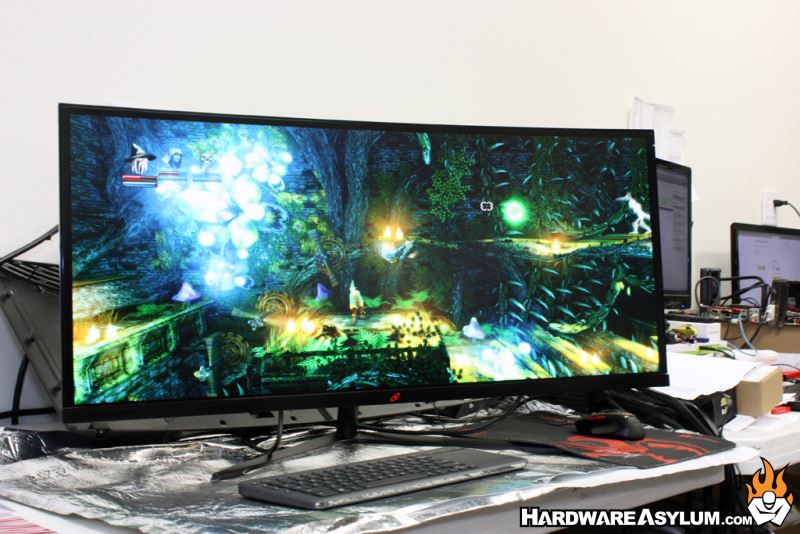
- Desktop hardware monitor how to#
- Desktop hardware monitor install#
- Desktop hardware monitor Pc#
- Desktop hardware monitor mac#
And in the Load column, you can see the current CPU load of each core. In the Max column you can monitor the highest processor temperatures recorded by Core Temp. The example below shows the average CPU temp around 50☌ for a Quad-Core Skylake laptop. Under Temperature Readings, monitor the temps for each CPU core. Open the application to see the main dashboard.
Desktop hardware monitor how to#
Here’s how to check your CPU temp using Core Temp: You can also check your CPU Monitor using Windows’ built-in BIOS/UEFI tool.
Desktop hardware monitor install#
The easiest way to check your CPU temp is to install a free CPU heat monitoring tool - such as Core Temp - and monitor the CPU temperature for spikes. How to check your computer’s CPU temperature

Desktop hardware monitor mac#
(I’ve been a happy Arctic Silver 5 user for years now.17471562726 Logo Ameba Icon Security Icon Security White Icon Privacy Icon Performance Icon Privacy Icon Security Icon Performance Icons/45/01 Security/Other-Threats Icons / 32 / Bloatware removal Icons / 32 / Registry Cleaner Icons / 32 / CleanUp Icons / Feature / 32 / Mac Icons / 32 / Browser cleanup Icons/32/01 Security/Malware Icons/32/01 Security/Viruses Icons/32/01 Security/Other-Threats Icons/32/01 Security/Passwords Icons/32/01 Security/Ransomware Icons/32/01 Security/Business Icons/32/02 Privacy/Browser Icons/32/02 Privacy/IP adress Icons/32/02 Privacy/VPN Icons/32/02 Privacy/Proxy Icons/32/02 Privacy/Streaming Icons/32/03 Performance/Celaning Icons/32/03 Performance/Drivers Icons/32/03 Performance/Gaming Icons/32/03 Performance/Hardware Icons/32/03 Performance/Speed Icons / 32 / Bloatware removal Icons / 32 / Registry Cleaner Win Icons / 32 / CleanUp Icons / Feature / 32 / Mac Icons / 32 / Browser cleanup Icons/60/02 Privacy/02_Privacy Icons/60/01 Security/01_Security Icons/60/03 Performance/03_Performance Icons/80/01 Security/IoT Icons/80/01 Security/Malware Icons/80/01 Security/Passwords Icons/80/01 Security/Ransomware Icons/80/01 Security/Viruses Icons/80/01 Security/Other-Threats Icons/80/03 Security/Business Icons/80/02 Privacy/Browser Icons/80/02 Privacy/IP adress Icons/80/02 Privacy/VPN Icons/80/02 Privacy/Proxy Icons/80/02 Privacy/Streaming Icons/80/03 Performance/Celaning Icons/80/03 Performance/Drivers Icons/80/03 Performance/Gaming Icons/80/03 Performance/Hardware Icons/80/03 Performance/Speed Icons/80/03 Performance/03_Performance Icons/80/02 Privacy/02_Privacy You can find small syringes of thermal paste by respected brands like Arctic and Noctua for under $10 on Amazon. Removing the old thermal paste with rubbing alcohol and applying a fresh layer can potentially help lower temperatures by a large amount.
Desktop hardware monitor Pc#
The thermal paste that transfers heat from your CPU to its cooler might have dried out if you’ve had your PC for a few years. If not, more intensive steps are in order. While you’re at it, check to make sure that all your fans are working correctly, pointed the right way, and that none of the vents in your PC are blocked. (Also, make sure your PC’s fans are set up for maximum cooling performance.) PCWorld’s guide on how to clean your PC can walk you through the process. Local hardware stores usually charge outrageous prices for canned air, but you can pick up a bottle for about $8 on Amazon. High CPU temperatures are often caused by years of dust and grime built up inside a PC, clogging fans and crucial air pathways. If you’re regularly encountering high CPU temperatures, there are some steps you can take to try and fix the issue.įirst, clean out your PC. This is expected, but if temperatures cross 85° C, be concerned. One notable exception: We sometimes see more powerful laptop processors hit the low 80s during gaming sessions when plugged in, at which point they start throttling back performance. Check your hardware for broken fans or dust build-up, and if you’re overclocking, dial back your settings-especially the voltage if you’ve tweaked it.


Consider cleaning the dust out of your PC if CPU temperatures continue to creep up over time. 60° C to 70° C: Still running fine, but getting a bit warmer.


 0 kommentar(er)
0 kommentar(er)
